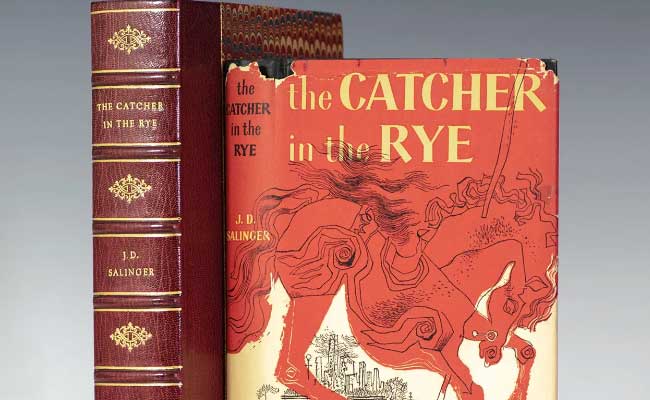The Catcher in the Rye is a classic novel written by J.D. Salinger, first published in 1951. The book has since become a staple in high school and college curriculums, and has garnered a large following among readers of all ages. The novel tells the story of Holden Caulfield, a teenage boy who has been expelled from his prep school and is struggling to find his place in the world. In this article, we will explore the themes and motifs present in The Catcher in the Rye.
Introduction:
The novel opens with Holden Caulfield recounting his experiences in a mental institution. The story is told in a first-person narrative, with Holden as the main character and narrator. Throughout the novel, Holden struggles with feelings of alienation and a desire to protect children from the harsh realities of the adult world. These themes are present throughout the novel, and are explored through various motifs and symbols.
The Theme of Alienation:
One of the central themes of The Catcher in the Rye is the theme of alienation. Holden Caulfield feels disconnected from the world around him, and struggles to form meaningful relationships with others. He often feels that he is different from everyone else, and that no one truly understands him. This sense of isolation and disconnection is something that many readers can relate to, especially during the teenage years when feelings of loneliness and uncertainty are common.
Holden’s struggles with alienation are made clear through his interactions with other characters in the novel. He often finds himself unable to connect with people, and is quick to judge others based on their appearance or social status. This tendency to isolate himself from others is a defense mechanism, a way for Holden to protect himself from the pain and disappointment that comes with forming close relationships.
The Motif of Childhood Innocence:
Another important theme in The Catcher in the Rye is the motif of childhood innocence. Holden Caulfield is obsessed with protecting children from the harsh realities of the adult world. He sees childhood as a time of innocence and purity, and feels that adults have corrupted this purity with their selfishness and greed. This theme is exemplified through the character of Phoebe, Holden’s younger sister. Holden sees Phoebe as the embodiment of childhood innocence, and is fiercely protective of her.
Holden’s desire to protect children is also evident in his interactions with other young characters throughout the novel. He befriends two young boys in a park, and is concerned for their safety in the adult world. He also reflects on his own childhood, and longs for a time when things were simpler and more innocent.
The Symbol of the Catcher in the Rye:
The title of the novel, The Catcher in the Rye, comes from a song that Holden Caulfield hears. The song is about a child who is playing in a field of rye, and the narrator imagines himself as a catcher in the rye, catching the child before they fall off a cliff. This symbolizes Holden’s desire to protect children from the dangers and corruption of the adult world.
The image of the catcher in the rye is a powerful one, and it represents Holden’s desire to protect childhood innocence. It also represents his desire to protect himself from the pain and disappointment that comes with growing up. The symbol is present throughout the novel, and serves as a reminder of the central theme of the book.
Conclusion:
The Catcher in the Rye is a powerful novel that explores themes of alienation, childhood innocence, and the struggle to find one’s place in the world. Holden Caulfield is a complex character, and his struggles with isolation and disconnection are something that many readers can relate to.
![]()





